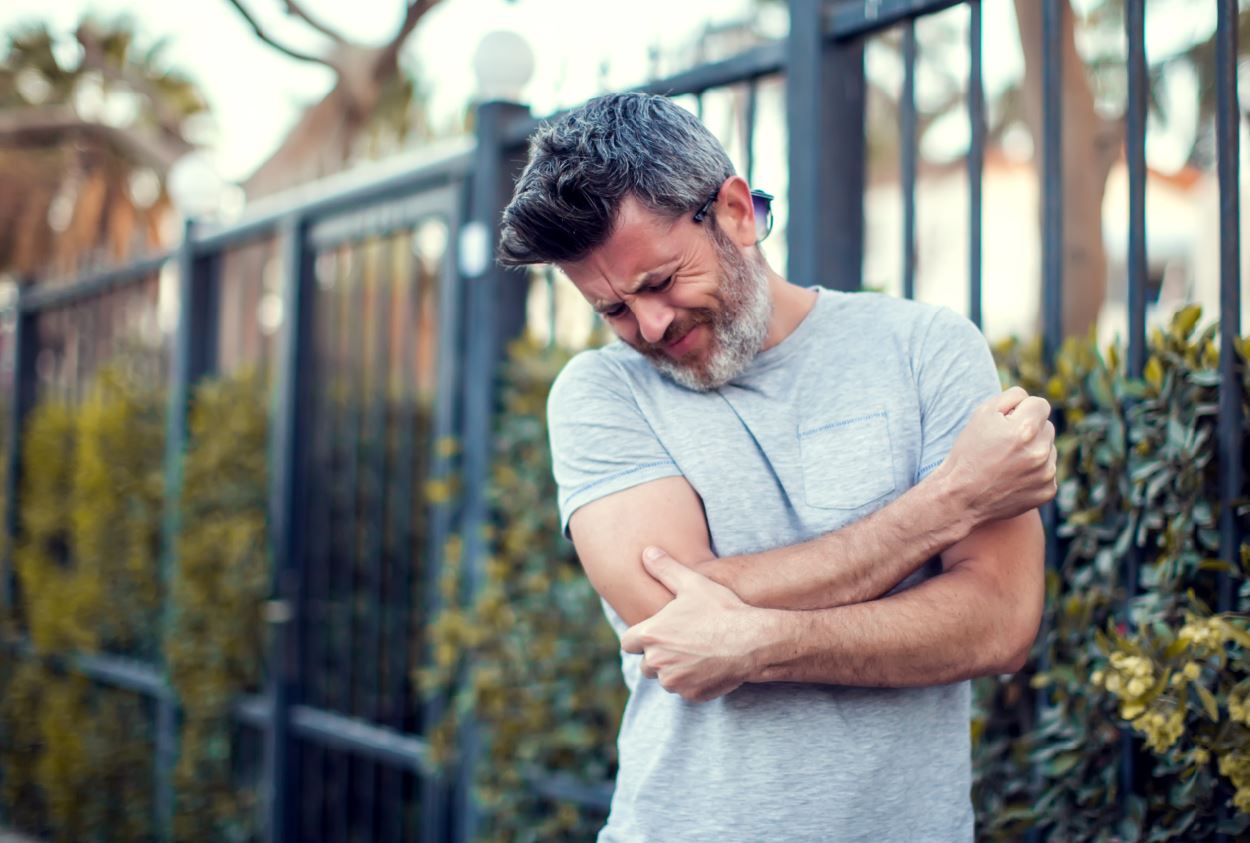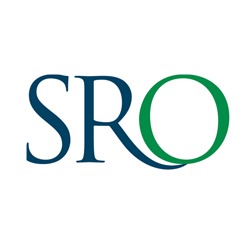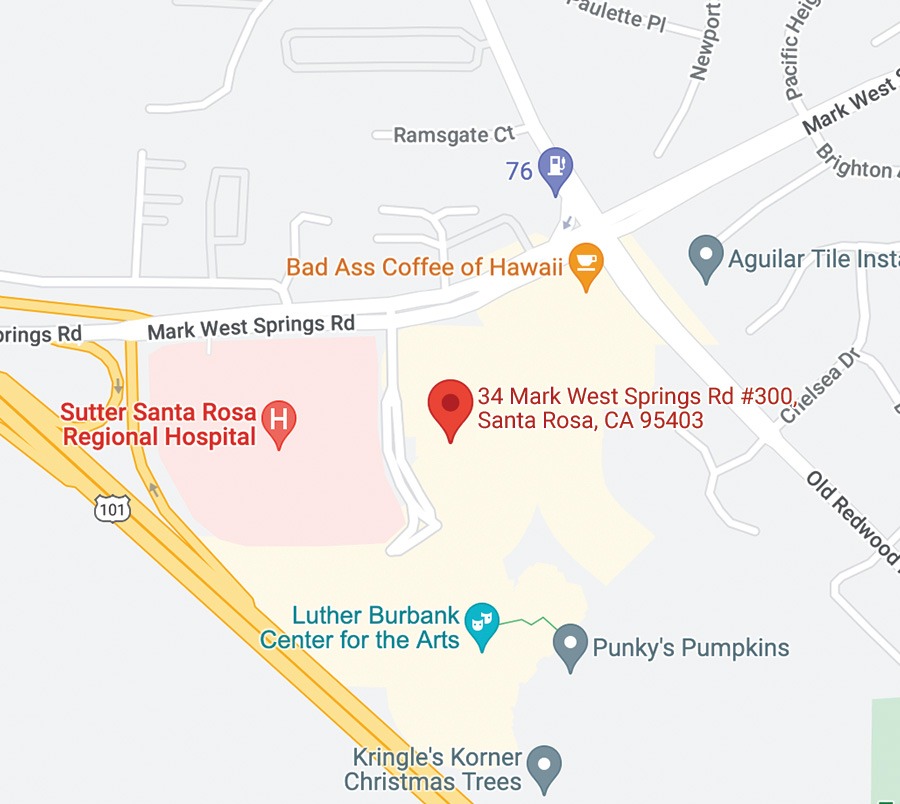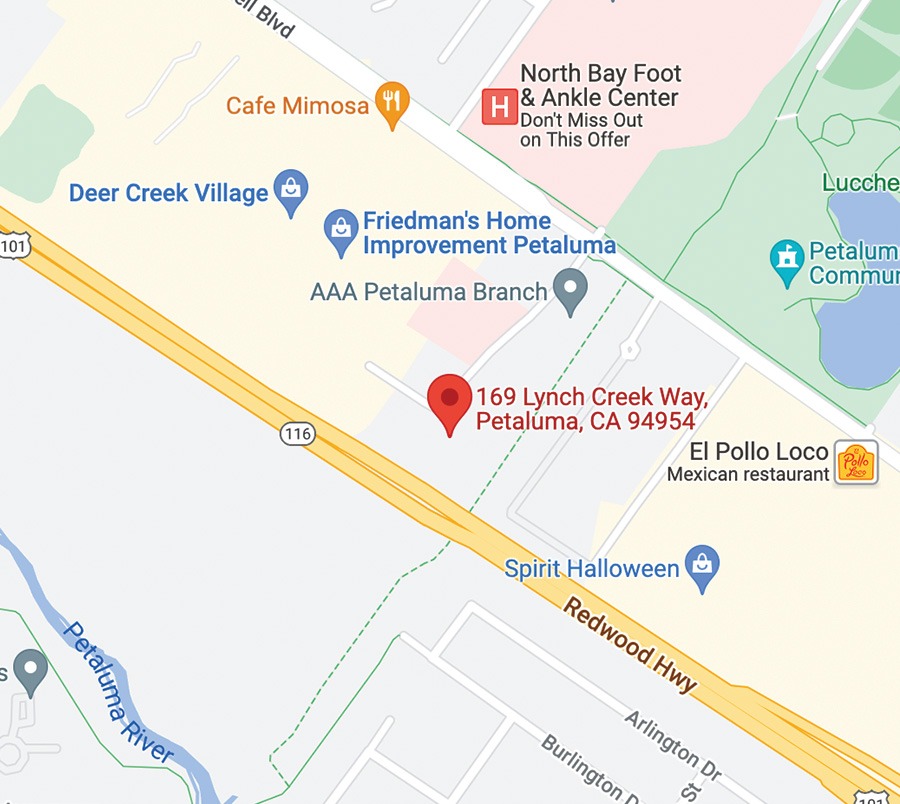
A rotator cuff injury or tear is a common cause of pain and disability of the shoulder. It is common in both young athletes and middle-aged people. It happens so often that each year, almost 2 million people in the United States visit their doctors due to this problem.
Painful Rotator Cuff Injuries
An injured rotator cuff can feel like weakness in the shoulder, interfering with simple daily activities. Symptoms include pain and stiffness when lifting the arm, pain that can also happen when the arm is lowered from an elevated position. Injuries to the rotator cuff can be the result of repetitive lifting or overhead motions using the arm, and it can happen suddenly from a fall and can cause intense pain. Tears of the rotator cuff are often accompanied by a snapping sensation followed by an immediate sense of weakness in the upper arm. When this happens, it’s best to be seen by a physician without delay.
Rotator Cuff Pain – Causes
Rotator cuff injuries are often reported by athletes while participating in sports – particularly those sports involved in overhead motions of the arm. In older patients, sudden trauma and the natural aging process can also result in shoulder pain caused by rotator cuff injuries and tears.
Actual pain in the shoulder can be caused by a few different issuing involving the rotator cuff including;
- When the tendons of the rotator cuff tendons become irritated or damaged.
- The bursa can become inflamed and swell with more fluid causing pain.
- When raising the arm to shoulder height, the space between the acromion and rotator cuff narrows. The acromion can rub against (or impinge on) the tendon and the bursa, causing irritation and pain.
Know the Symptoms
The most common symptoms of a rotator cuff injury can include:
- Shoulder pain while at rest, particularly at night when lying on the affected shoulder
- Sudden or increased pain when lifting and lowering the arm or with specific movements
- A loss of strength and motion when lifting or rotating the arm
- A crackling sensation (known as crepitus) when the shoulder is moved in certain positions
Injuries that develop slowly from aging or result from overuse can also cause pain and arm weakness, but the symptoms may be milder than that resulting from a tear, presenting more often when lifting or extending the arm. The risk of developing a partial or complete tear increases for injuries that go undiagnosed. In fact, complete tears are present in 25 percent of patients over the age of 60.
Treatment Options
Initial treatment for shoulder pain and most injuries, is nonsurgical. Although nonsurgical treatment may take several weeks to months to heal, many patients experience a gradual improvement and return to function. Non-surgical interventions may include:
An orthopaedic specialist may recommend rest and a adjustment in activity, particularly avoiding overhead activities.
Non-steroidal anti-inflammatory drugs (NSAIDs). Drugs like ibuprofen, aspirin, and naproxen reduce pain and swelling.
Physical therapy. A physical therapist will initially focus on restoring normal motion to the shoulder. Stretching exercises are often recommended to improve range of motion. For difficulty reaching behind your back, specific stretching exercises of the posterior capsule may help with pain in the shoulder. As the pain improves, the therapist may lead the patient through a strengthening program for the rotator cuff muscles.
Steroid injection. When the above interventions do not relieve the pain, an injection of a local anesthetic and a cortisone preparation can be helpful. Cortisone is a very effective anti-inflammatory medicine. Injecting it into the bursa beneath the acromion will often provide relief from pain.
Surgical Intervention for Rotator Cuff Injuries
When a rotator cuff injury does not respond to non-surgical efforts and when quality of life becomes an issue, surgical intervention may be your best option.
One method considered to be the standard of care is called arthroscopic reconstructive surgery where small incisions and a tiny camera are used to facilitate repair. Recent advances in this technique make it possible for surgeons to treat larger tears while decreasing the instances of post-operative pain and stiffness. About 80-90 percent of patients find relief of chronic pain and a restoration to more normal function and motion of the arm and shoulder.
Following surgery, on-going physical therapy following rotator cuff surgery can last up to 12 weeks and is aimed at helping patients regain full strength and function with very positive results.
SRO Shoulder and Elbow Care Center
 As one of the top programs in the North Bay for shoulder care Santa Rosa Orthopaedic’s Shoulder and Elbow programs provides highly specialized care to those experiencing arm pain. Our patients benefit from the expertise and skill of specialists who perform countless procedures each year while continually pioneering advances in repair and replacement. Learn more …
As one of the top programs in the North Bay for shoulder care Santa Rosa Orthopaedic’s Shoulder and Elbow programs provides highly specialized care to those experiencing arm pain. Our patients benefit from the expertise and skill of specialists who perform countless procedures each year while continually pioneering advances in repair and replacement. Learn more …



